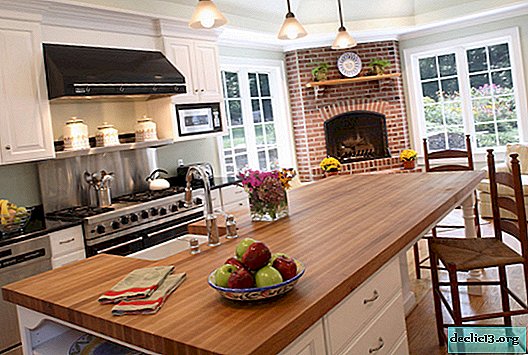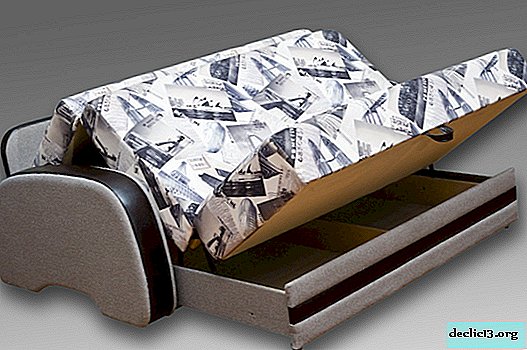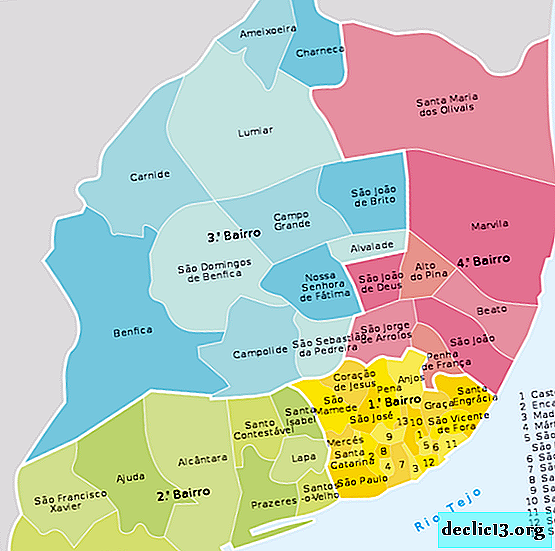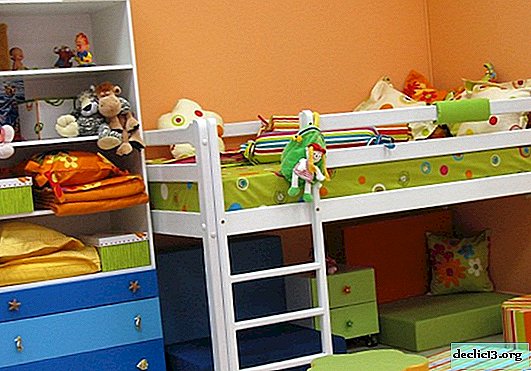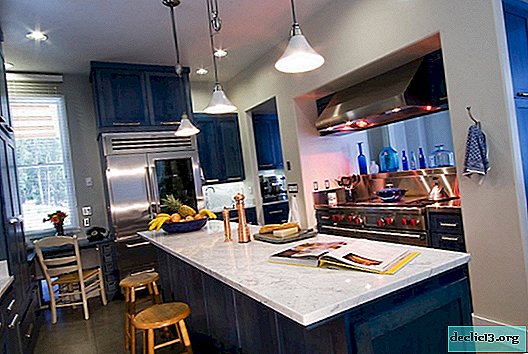Preparation and alignment of the base of the room
In the life of every person, a time comes when there is a need to update your home, increase its comfort, that is, make repairs. One of the parts of the housing, which is not easy to repair, is the floor. There is always increased attention to this part of the room, as this is the basis, the foundation on which heavy furniture moves and people walk. The floor, unlike the ceiling and walls, is an intensively exploited surface, the coating of which should not only have an attractive appearance, but also have high wear resistance.
Any kind of floor is laid on the base - cement-sand or concrete screed. Any floor repair consists of two stages. The first of these is the preparation and creation of a perfectly even base for the coating. The second is the installation of one or another type of flooring. The original foundation - the concrete floor - is not perfectly flat. In some cases, surface drops can reach up to 10 cm. It is clear that it is simply impossible to lay a floor covering on such a foundation with high quality. Therefore, replacing the old coating or installing a new one, it is necessary to create a perfectly even base. usually used as such a basis:
- cement-sand screed;
- bulk floor;
- warm floor. Consider such coatings in more detail.
Cement and sand screed
The most durable and reliable base for flooring is a cement-sand screed. Such a screed should be done before painting and installing doors. To estimate the amount of floor repair work, the deviation of the floor surface from the horizontal should be measured. To reduce the flow rate of the solution, filler - expanded clay is used. You can use it in two ways - mix with the solution, or lay a filler layer as a base, and on top of it - make a screed from the solution, the minimum thickness of which should be 3 cm. One of the advantages of this work is an increase in the level of sound insulation.
Cement is used as a binder in cement screeds, and gravel, expanded clay, gravel or sand is used as a filler. The strength of such a screed directly depends on the ratio of water and cement in the solution. If this ratio is overestimated, which is often done for the convenience of masonry, then its strength will greatly decrease, it will take more time to completely dry, there will be strong shrinkage. Microcracks also often appear. Usually the thickness of the cement-sand screed is on average 5 cm. If you make it thinner, then in the future it will exfoliate from its base.
One of the important drawbacks of mortar screed is the long drying time. So, the installation of flooring is possible approximately 28-30 days after applying the screed. To fix this shortcoming, special mixtures are created in our time, which dry out quite quickly. Having made a screed from such a mixture, the floor covering can be installed in 3-5 days. It will also be useful to use an epoxy primer, which, penetrating the base, provides protection from moisture in the screed. Due to this, almost any floor covering can be installed on a still wet basis. However, a cement-sand screed does not always provide a perfectly smooth surface.
Bulk floor
Nowadays, a lot of technologies are used to level the floors, one of the most reliable of them is the so-called bulk floor. For its device, special mixtures are used, which harden very quickly. With their help, even the most uneven floor can be made perfectly flat.
Such a mixture is a flowing quick-hardening composition for leveling the surface. When applied, the mixture under the influence of its own weight spreads over the surface, filling all the depressions. Self-leveling materials compared to conventional mortar screeds have a number of advantages. For their full drying takes much less time - up to 15 days. Thanks to the use of fine-grained filler, the surface is perfectly smooth, which cannot be obtained with a conventional screed. The thickness of the applied layer is on average equal to 10 cm, which is very convenient when the room is low or small bumps need to be fixed. You can walk on such a floor surface after 6 hours, and apply flooring after 12 hours.
Warm floor
For the device of the underfloor heating, special compositions are produced that have increased resistance to cracking and high thermal conductivity, which allows them to withstand large temperature differences. Fast pouring and hardening, the absence of any shrinkage, the ability to apply a thick layer of the composition without cracking - all this ensures reliable fixation of the heating elements at a low cost of work.
A heating element in a warm floor can be an electric cable or a pipeline that connects to a heating system. Such an element is laid over the entire area of the room on the primary screed. Next, a self-leveling mixture is poured, which plays the role of the final screed. If a pipeline is used in a warm floor, then before applying the solution to them, the pipes must be filled with water at room temperature. Monolithic screed should be laid in two layers, which prevents the emergence of pipes. The first layer of screed is poured to the top of the pipes, and the second is about 2.5 mm higher than the first. You can apply the second layer of screed after a good setting of the first - about a day later. All of the above basic methods of leveling the floor will be useful to anyone who decides to independently do such a job. However, despite the apparent simplicity of such a process, it requires the high professionalism and skills of the person who will do this, as well as high quality materials.






